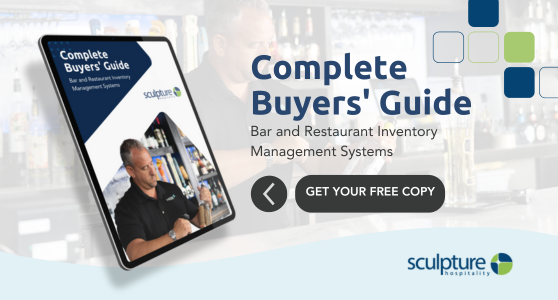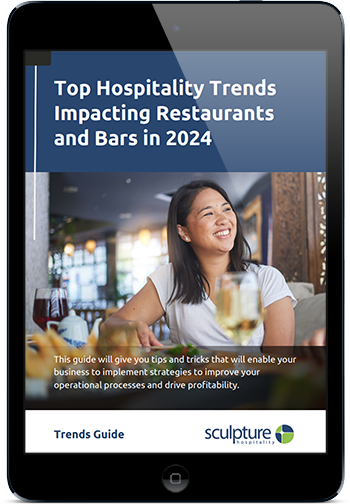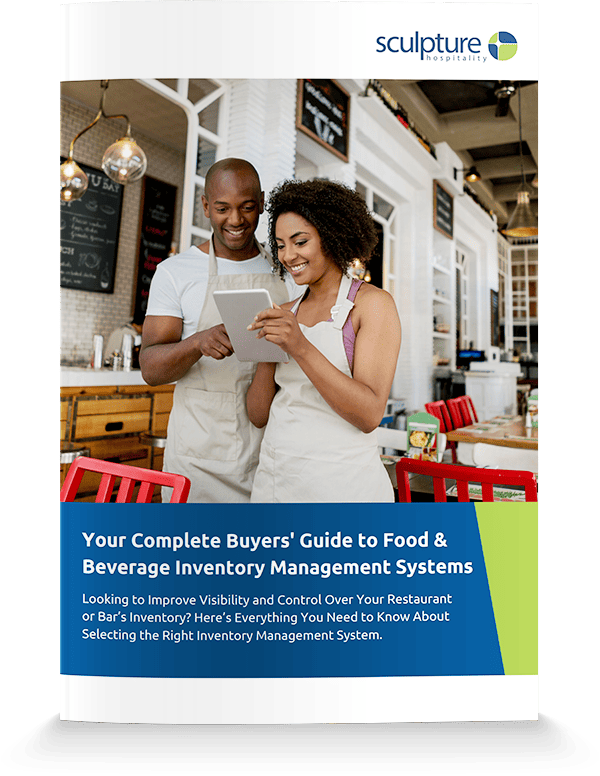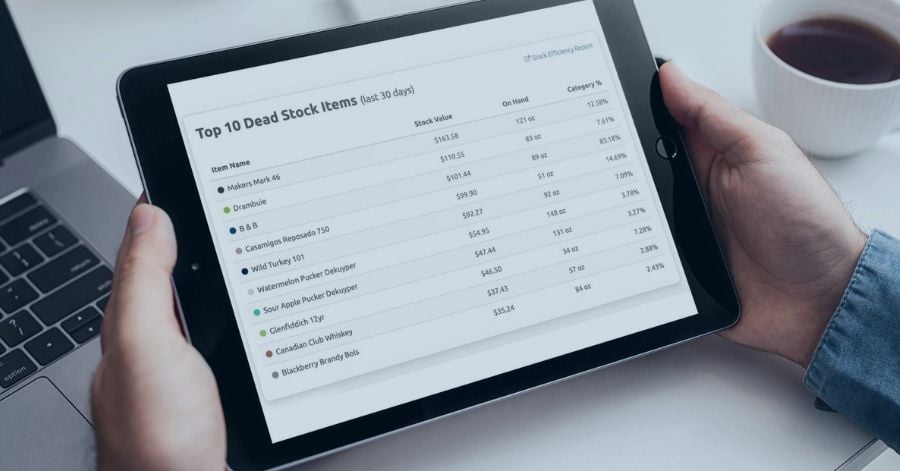Effective inventory management is the backbone of a successful restaurant operation. As profit margins in the hospitality industry can be razor-thin, ensuring control over food inventory is paramount for financial sustainability and operational efficiency.
But what is the best way to manage your restaurant inventory?
- Do you conduct manual counts with pen and paper?;
- Do you enter the data into an Excel spreadsheet?;
- Or do you invest in inventory management software to automate the process and calculations for you?
In this comprehensive guide, we will explore various methods and strategies available to restaurant managers aiming to enhance their inventory processes and ROI. We hope this guide will not only improve your processes and save you time, but also help you gain the data you need to make more informed decisions that boost the profitability of your business.
Traditional Manual Inventory
Manual inventory management involves physically counting and recording each item in your restaurant's inventory on a piece of paper. It's a hands-on approach that relies on human effort to track stock levels and assess the condition of perishable goods. This method is often favoured for its simplicity and cost-effectiveness, particularly for smaller establishments.
Pros
- Hands-On Accuracy: Conducting manual inventory allows for a detailed examination of each item, ensuring a high level of accuracy when recording quantities and assessing perishable goods - as long as staff are trained and mistakes aren’t made.
- Cost-Effective: Manual inventory is relatively cost-effective, making it accessible for small to medium-sized restaurants with limited budgets.
- Customization: Restaurant managers have the flexibility to customize the inventory process according to the specific needs of the establishment.
Cons
- Time-Consuming: Manual inventory is time-consuming and labour-intensive, particularly for larger establishments, potentially leading to errors and discrepancies.
- Prone to Human Error: Relying on manual data entry increases the risk of human error, such as miscounts and typos, impacting ordering decisions.
- Limited Reporting and Analysis: Manual systems may lack advanced reporting and analytical capabilities, hindering the strategic decision-making of your restaurant.
Excel Spreadsheets
Excel spreadsheets offer a more organized and systematic approach to inventory management compared to manual methods. This method provides a middle ground, introducing basic automation to streamline calculations and improve accuracy.
For more information, read our blog - How to Maintain and Monitor a Restaurant Inventory Spreadsheet.
Pros
- Affordable and Accessible: Excel spreadsheets provide a more organized approach to inventory management and are affordable and readily available.
- User-Friendly: With basic spreadsheet skills, restaurant staff can easily learn to input and organize inventory data, enhancing accuracy.
- Customizable Templates: Excel allows for the creation of customizable templates, tailoring the inventory management system to fit the unique needs of the restaurant.
Cons
- Limited Automation: Excel lacks the automation features of dedicated inventory management software, leading to potential inefficiencies and increased labour hours at your restaurant.
- Version Control Challenges: Collaborative efforts on a single Excel document can lead to version control challenges, risking conflicting data and inaccuracies.
- Scalability Issues: Excel may struggle to handle the growing complexity and volume of inventory data as a restaurant expands.
Dedicated Inventory Management Software
Dedicated inventory management software is designed specifically to automate and streamline your inventory process. These systems often integrate with other restaurant systems, providing real-time visibility and advanced reporting capabilities.
Pros
- Automation and Integration: Specialized inventory management software automates various aspects of the inventory process and integrates with other restaurant systems.
- Real-Time Visibility: Managers gain real-time visibility into inventory levels and financial performance, enabling more informed decision-making.
- Advanced Reporting and Analytics: Inventory software provides comprehensive reporting and analytics, enhancing strategic planning and minimizing waste.
Cons
- Cost Considerations: Implementing dedicated inventory management software involves upfront and ongoing costs, which may not always work with your restaurant’s budget. Although it’s important to remember that inventory software should help you save more money, and give you insights into how to boost profit margins than you spend on it
- Learning Curve: Staff members need time to familiarize themselves with the software, leading to a temporary impact on operational efficiency during the transition period.
- Maintenance and Updates: Ongoing maintenance and updates are necessary to ensure the software's optimal performance.
What is the Best Restaurant Food Inventory Method For You?
Choosing the best inventory management method depends on various factors, including the size of your restaurant, budget constraints, and the complexity of your inventory needs. Here are some considerations to help you decide:
If you prefer a hands-on approach, have a smaller budget, and can invest time in meticulous record-keeping:
Traditional manual inventory might be the right fit for you.
If you seek a balance between affordability, organization, and basic automation:
Excel spreadsheets could provide the middle ground you're looking for.
If you prioritize automation, real-time visibility, and advanced analytics:
Dedicated inventory management software might be the ideal solution.
Consider your specific needs, staff capabilities, and future scalability when making this decision. Ultimately, the best method is the one that aligns with your restaurant's unique requirements, ensuring streamlined operations and contributing to long-term success.
Need help implementing an inventory management process that works for your restaurant? Get in touch with the Sculpture Hospitality team of inventory experts today.











